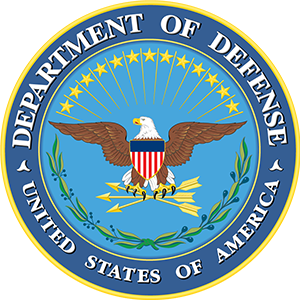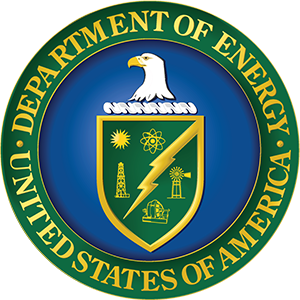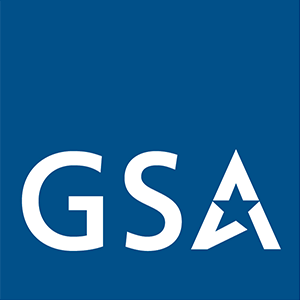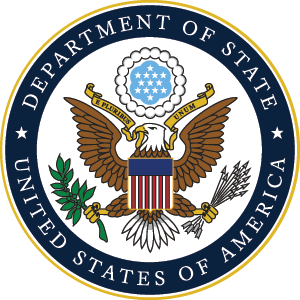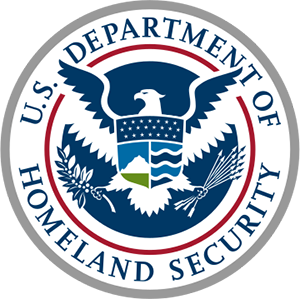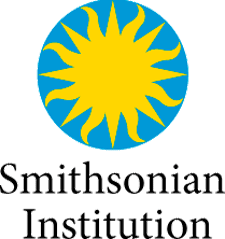This recorded webinar introduces a comprehensive toolkit for identifying energy-saving opportunities in data centers, in furtherance of statutory and administrative requirements that federal agencies reduce their energy use and ensure energy resilience for critical infrastructure. Putting these tools in the hands of federal data center operators and energy managers enables achievement of those objectives. The most sought-after resources at the Federal Energy Management Program (FEMP) sponsored Center for Expertise for Energy Efficiency in Data Centers are a set of tools and documents aimed at characterizing energy use and identifying energy conservation measures in data centers. These tools include data center-wide energy efficiency diagnostics, analytics for electric power components and air management, and a master list of energy efficiency actions for data centers--an encyclopedia of efficiency measures and implementation tips.
Together with guidance documents, a data collection tool, and a reporting template, these resources constitute a publicly available, comprehensive toolkit for conducting a data center energy self assessment. Nearly every component of the Data Center Energy Efficiency Toolkit has been updated or upgraded with particular attention to integrating, standardizing, and consolidating the components and adding a new information technology (IT) efficiency tool.
This recorded webinar--the first in a four-part series--will introduce version 2.0 of the toolkit, including a brief tour through each component and its role in the energy assessment process for data centers. As time allows, the webinar also will include mentions of other Center of Expertise resources and technical assistance opportunities. Subsequent webinars in the series will take a deeper dive into tools focused on air management, the electric power chain, and IT efficiency.
Instructors
Steve Greenberg, Senior Energy Management Engineer in the High Tech and Industrial Systems Group, LBNL Read Bio
Steve Greenberg has researched and applied energy-efficient building and industrial systems for a variety of clients on three continents over the past 27 years. He has been involved in design, design review, commissioning, and retrofit of commercial and industrial buildings and performed detailed energy assessments on multiple federal data centers. Steve holds a BS in mechanical engineering and a master's degree in energy and resources--both from the University of California at Berkeley. He is a registered mechanical engineer in California. He is also a LEED Accredited Professional by the U.S. Green Building Council and a Certified Energy Manager.
Magnus Herrlin, Principal Scientific Engineering Associate in the High Tech & Industrial Systems Group, LBNL Read Bio
Magnus Herrlin is the president of ANCIS Inc. and has been the program lead for the U.S. Department of Energy's (DOE) Data Center Energy Practitioner (DCEP) training program since 2009. The objective of this certificate program is to raise the standards of those involved in energy assessments of data centers. ANCIS develops advanced indoor environmental and energy solutions for facilities in general and for mission-critical facilities in particular. Over a 30-year career, Magnus has developed energy modeling tools and modeled building energy in commercial and residential structures. He has published or contributed to many papers, reports, and standards chiefly concerning thermal management, energy management, mechanical system design and operation, and IT equipment reliability for data centers and telecom central offices.
Kim Traber, Founder and President, Traber Engineers Read Bio
Kim Traber is the founder and president of Traber Engineers, a Berkeley, California-based consultancy specializing in energy analysis of mission-critical facilities. Previously, Kim served 15 years with Integral Group, an engineering consultancy based in Oakland, California.
Learning Objectives
Upon completion of this training, attendees will be able to:
- Educate data center stakeholders in the DOE energy assessment process;
- Educate data center stakeholders about assessment tools and their uses--as key instruments of an energy self assessment and for deeper dives into each data center subsystem (e.g., electric power, air management, cooling, servers, and other IT);
- Acquaint stakeholders with some energy conservation measure examples that frequently arise from an assessment and the outputs of some of the tools (e.g., energy and cost savings and payback periods);
- Illustrate synergies and trade offs between energy efficiency and redundancy--analyses that are helpful in deciding when and how to consolidate or move workloads to the cloud; and
- Educate data center stakeholders about how the toolkit and energy assessment process can produce concrete plans of action and budgets and engender institutional support for retrofits and energy-efficient procurements.

